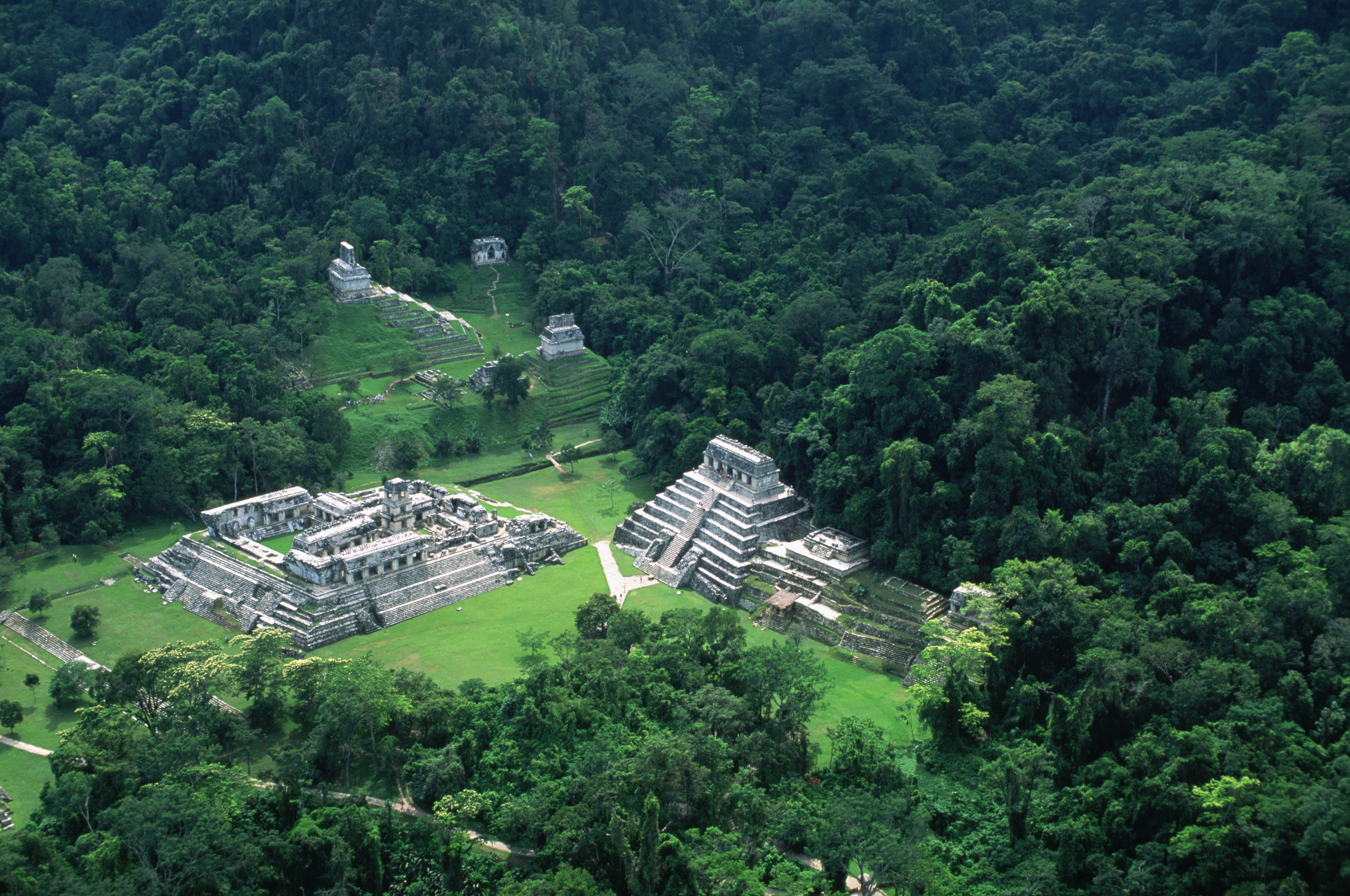Not far from the sites tourists already know, like the towering temples of the ancient city of Tikal, laser technology has uncovered about 60,000 homes, palaces, tombs and even highways in the humid lowlands.
The findings suggested an ancient society of such density and interconnectedness that even the most experienced archaeologists were surprised.
Researchers found the structures by shooting lasers down from planes to pierce the thick foliage and paint a 3-D picture of the ground below. The technology is called Light Detection and Ranging, or lidar.
“This world, which was lost to this jungle, is all of a sudden revealed in the data,” said Albert Yu-Min Lin, an engineer and National Geographic explorer…. “And what you thought was this massively understood, studied civilization is all of a sudden brand new again.”….
The Maya culture was known for its sophisticated approach to agriculture, arts and astronomy. The peak era for the civilization, which some archaeologists refer to as the Classic Period, is generally considered to have lasted from around A.D. 250 to 900.
The total population at that time was once estimated to be a few million, said Diane Davies, an archaeologist and Maya specialist based in the United Kingdom. But in light of the new lidar data, she said it could now be closer to 10 million.
Dr. Davies was not involved in the lidar project but considered it “really big, sensational news.” She said the data should encourage people not only to re-evaluate Maya civilization, but also to learn from it.
“To have such a large number of people living at such a high level for such a long period of time, it really proves the fact that these people were highly developed, and also quite environmentally conscientious,” she said.






Leave A Comment